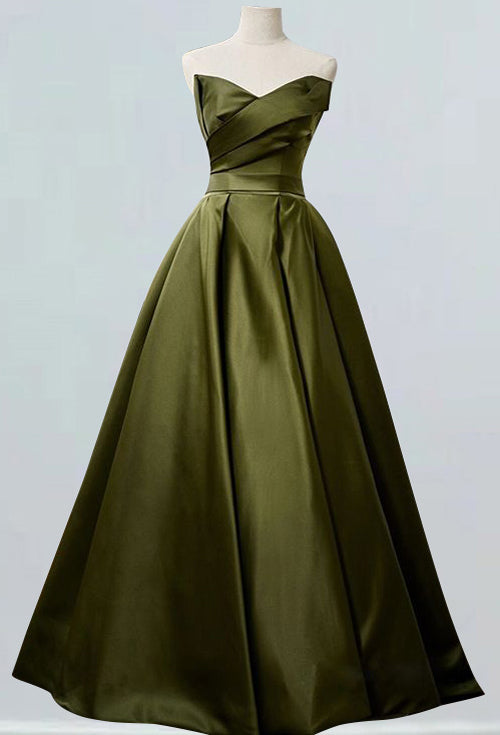Evolving Elegance: The Latest Formal Dress Trends in the United States
The Rise of Modern Formal Wear: A Look at Current Trends
Understanding the Shift in Formal Dress Preferences
Recent years have seen a change in what people wear to formal events. Simple, sleek designs are now popular. In the past, many chose flashy and elaborate gowns. Now, comfort and personal style matter more. Social media has played a big part in this change. Influencers often show off their unique formal looks. This has made more people want to dress in a way that shows who they are. Plus, events themselves have become less strict. This means that people can choose from a wider range of styles.

The Influence of Cultural and Social Movements on Formal Attire
Today's formal wear reflects our changing society. Films, music, and iconic figures shape styles. Social media drives new trends across America. Prom dresses show bold choices, while gowns nod to past eras. These trends mirror broader social changes. Think movements like feminism and body positivity. They push for diverse sizes and styles. What we wear to events speaks volumes. It tells of our values and our times. People are embracing new norms, breaking old dress codes. This shift is key to understanding current trends.
Historical Perspectives: How Formal Dress Trends Have Changed
A Brief History of Prom and Formal Attire
Proms began in the late 1800s in the United States. They started as simple banquets for college seniors. Over time, high school students adopted prom traditions too. By the 1930s, proms became more elaborate affairs. During the 1950s, the iconic prom dress emerged. It had a cinched waist and a full skirt. The style reflected optimism of the post-war era. In the 1970s and 1980s, prom dresses showed more variety. They often mirrored current fashion trends. Influences ranged from disco glitz to Hollywood glamour. Today, prom attire continues to evolve. It includes bold colors and various dress lengths. Technology also plays a part. For instance, LED lights adorn some modern prom dresses. Yet, the essence remains; prom is a rite of passage celebrated with special attire.
The Evolution of Victoriana's Formal Dressing Standards
Victorian era fashion often conjures images of elegance. Formal wear was ornate and had strict rules. Over time, these standards have evolved. Fabrics became lighter and styles more diverse. By the early 20th century, formal dress was less rigid. Today, Victorian influence remains but in a modern form. Ball gowns reflect this past but with new trends. We see high collars and corset-style bodices with simpler lines. The evolution tells of shifts in society's view on formal wear. Yet, the Victorian era's essence still touches modern formal fashion.
The Future of Formal Dressing: Predictions and Upcoming Trends
The Role of Technology and Innovation in Evolving Formal Dress
The future of formal wear is exciting with new tech shaping trends. Smart fabrics are now on the rise, making dresses more comfortable and versatile. 3D printing is also creating unique, made-to-order designs. Expect to see gowns with built-in LEDs for a stunning light show effect. These innovations make formal attire not just fashion, but an experience.
Sustainability and Ethical Considerations in the Formal Wear Industry
As trends evolve, so does the focus on how dresses are made. People now care more about the planet and workers' rights. This brings a new trend in formal wear – sustainability and ethics. Here's a look at how this trend may change the future of formal dresses:
- Eco-friendly Materials: Brands will use more organic fabrics and recycled materials.
- Transparent Supply Chains: Customers will want to know where and how their clothes are made.
- Fair Labor Practices: There will be a bigger push for fair wages and safe conditions for workers.
- Rental and Second-Hand Markets: More people will choose to rent or buy used dresses to reduce waste.
- Green Manufacturing: The industry will adopt cleaner, more sustainable production methods.
These changes show that looking good doesn't have to harm the planet or its people.








